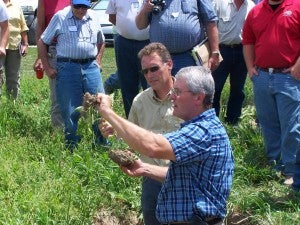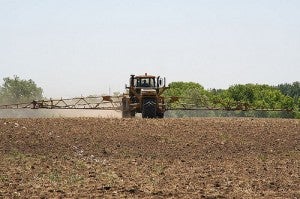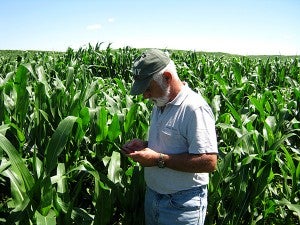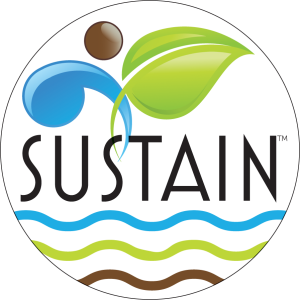Thanks to GPS and the Internet, many farmers have been collecting data about their farms – water usage, inputs, crop yields – for over 20 years. Only in recent years has the term “big data” taken on a new meaning, given the plethora of new tools and technologies available today to help farmers collect and analyze data on all aspects of their farm operations.
This week also marks the launch of the first-ever Big Data Roundtable Series, an annual event that brings together experts from across the agricultural arena to discuss how major retailers can leverage data to improve business sustainability, and how growers can utilize measurement tools and analyze data to use fertilizer more efficiently and save on input costs.
Here, I ask Kristin Weeks Duncanson, a crop and livestock operator and member of the AGree advisory committee, to explain the value of collecting data for farm operations and the environment and why many farmers are still hesitant to collect data. Read More









